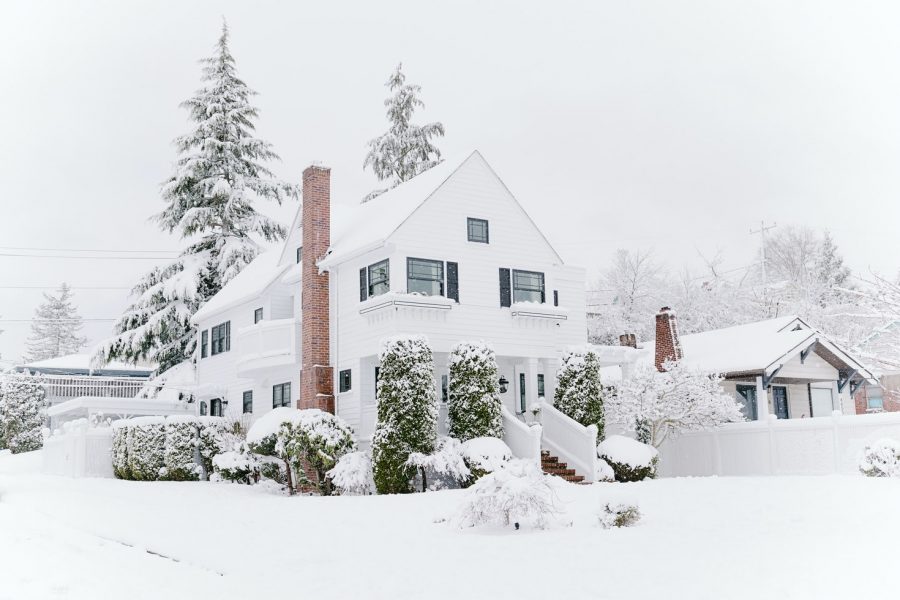Now that winter is here officially, it is time to prepare your house for the season. People desire to stay safe and warm during winter storms, but it can be challenging. Winter storms can lead to power failure, cold temperatures, icy roads, and unstable communication services. To keep your household safe during winter, here are several ways to prepare your house for potential weather damage this winter.
Inspect Your Heating System
Contact a professional heating technician to come and inspect whether your heat pump is clean and in good condition or needs repair. The inspection is also helpful as it determines carbon-monoxide leakage. Inspecting your heating system soon minimizes the chances of lengthy repair lines on winter’s cold days.
Prevent Ice Dams on the Roof
Ice dams result from the formation of snow layers and ice buildup on your roof or guttering eaves. When the snow builds up and backs up, it forms ice dams that flow water naturally off your roof. The ice dams can cause water to seep into the interior wall surfaces. The constant increase of snow on your roof can cause potential structural damage and leaks to your home. Slopes and solidity vary and react differently in harsh winter conditions. Get professional help if you believe your roof needs modification this winter.
When the winter storm is gone, and you feel safe, clean the remaining snow from your roof using a long-handled rake, not forgetting a water damage cleanup. The amount of snow your roof can accommodate will depend on the gutters or roof condition, age, and type. Ensure you clear the gutters and downspouts to prevent flooding.
Winterize the Interior
Making changes in your house by adding insulation to the walls, sealing available holes, and using silicone foams has significant effects on your utility bills. Ensure you service your HVAC system regularly because a failing system can lead to energy and money wastage.
Other major culprits that can let heat escape are window and door-sills. Weatherstripping and caulking them can reduce the chances of heat loss and the possibility of water seeping into your house due to ice dams. You can also install a generator for emergency purposes in case the sources of power are interrupted. This will help you connect your home lights, electrical heating systems, refrigerator, and warm up your house.
By following the above steps to prepare your home for potential weather damage, you can ensure your home is safe this winter. Remember unpredictable weather damages can tamper with your home structure, ensure you get professional advice in case of any damage signs.

